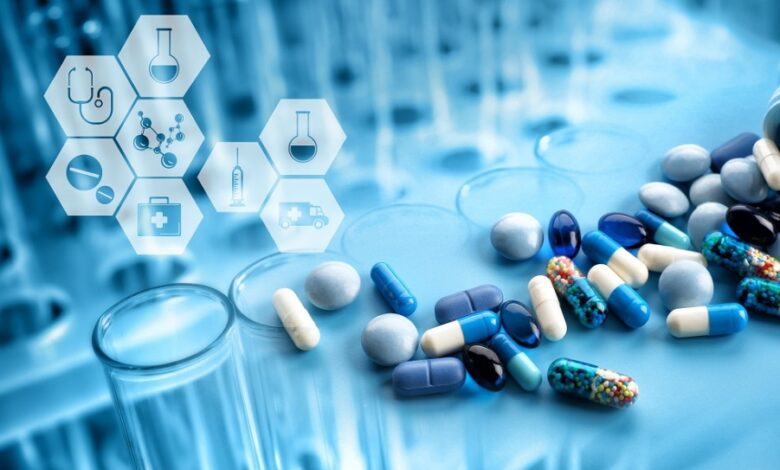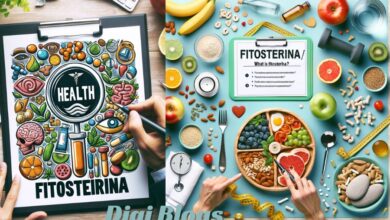The world of medicines: From purpose to production

Medicines defined: Understanding their fundamental role
What comes to your mind when you hear the word “medicine”? Perhaps a small white pill, a spoonful of syrup, or a bitter injection? In reality, medicines are so much more than just tangible forms—they are lifelines. According to the World Health Organization (WHO), a medicine is any substance or combination of substances used to treat or prevent disease, relieve symptoms, or modify physiological systems for the benefit of the recipient.
Medicines differ from other health products like supplements or herbal remedies in that they undergo extensive research, testing, and regulation. This distinguishes them from general wellness products, although both play complementary roles. For instance, vitamins for general health are widely used to maintain nutritional balance and support the immune system, but they are not classified as medicinal drugs unless they treat a specific deficiency.
The vital need for medicines in society
It’s easy to take modern medicine for granted—until we need it. From life-threatening conditions to common colds, medicines intervene at every level of healthcare. Their primary role is to combat illness, whether it’s fighting infections, regulating blood pressure, or managing chronic diseases such as diabetes and asthma.
Furthermore, pain management is another area where medications dramatically improve lives. Analgesics help people recover faster and return to daily activities. Medicines also contribute to preventive healthcare—vaccines being a prime example. According to CDC data, childhood vaccinations in the U.S. prevent more than 14 million cases of disease every year. Without them, diseases like measles or diphtheria would be far more common.
Behind the scenes: The medicine manufacturing process
Making a medicine is a complex, often decade-long process. It begins in the laboratory, where scientists screen thousands of compounds to find potential candidates. The development then moves to preclinical studies using cell cultures and animal models. Only about one in every 5,000 compounds makes it to human trials.
Human clinical trials consist of three phases, assessing safety, efficacy, dosage, and side effects. If successful, the drug is submitted to regulatory authorities like the FDA or EMA. Upon approval, manufacturing begins at scale—under stringent quality control protocols to ensure that every pill, vial, or cream meets exact standards.
The final stages include packaging, distribution, and post-market surveillance, where side effects and efficacy continue to be monitored.
Source materials: What goes into our medicines
Medicines come from diverse sources—natural, synthetic, and biotechnological. Many drugs were first discovered in nature. Aspirin, for example, originates from willow bark, while penicillin is produced by a type of mold.
Synthetic drugs are engineered in laboratories to ensure purity and control over chemical structure. This approach dominates modern pharmaceuticals due to its scalability and precision.
Biotechnology, the youngest and fastest-growing sector, uses living organisms to produce medicines. Insulin, for example, used to be extracted from pigs; today, it’s mostly created using genetically modified bacteria. Monoclonal antibodies, which target cancer cells, are another major product of biotech advancements.
The expanding universe of medicine types
Medications can be categorized by use, delivery method, and legal classification:
- By use: Antibiotics, antivirals, antifungals, antihistamines, and analgesics serve distinct purposes. Antidepressants and antipsychotics manage mental health, while hormonal therapies address endocrine disorders.
- By delivery method: Some medicines are ingested orally, others injected intravenously or applied topically. There are also transdermal patches, inhalers, and sublingual tablets for quicker absorption.
- Prescription vs. OTC: Prescription drugs require physician oversight, often due to potential side effects or abuse risks. Over-the-counter (OTC) medicines are deemed safe for self-administration when used as directed.
The evolution of pharmaceutical science
The story of medicine is also the story of civilization. Ancient Egyptians used honey and herbs, while traditional Chinese medicine incorporated minerals and acupuncture. However, the modern pharmaceutical industry only took shape in the 19th century with the isolation of active ingredients like morphine and quinine.
Major milestones include the discovery of antibiotics (1928), mass production of insulin (1920s), and the invention of the birth control pill (1960s). Since then, the pace has accelerated. The Human Genome Project, completed in 2003, opened the door to personalized medicine—treatments tailored to an individual’s genetic makeup. Today, access to these innovations has become increasingly streamlined through Meds For Less, which reflect the growing role of online platforms in healthcare delivery.
From simple remedies to complex formulations
Ancient remedies were often based on trial and error. Some were effective, others dangerous. Today, we benefit from formulations that combine multiple active ingredients for synergistic effects or controlled release. There are even smart pills equipped with sensors that track patient adherence.
As specialization grows, so does the promise of targeted therapies. These drugs act on specific cells or proteins—minimizing side effects and maximizing results. Cancer treatments, once limited to toxic chemotherapy, now include immunotherapies that teach the immune system to attack tumors. The future may even see medicines printed on 3D printers or administered via nanobots.
Also Read: Comprehensive Environmental Assessment and Remediations for a Healthier Future





